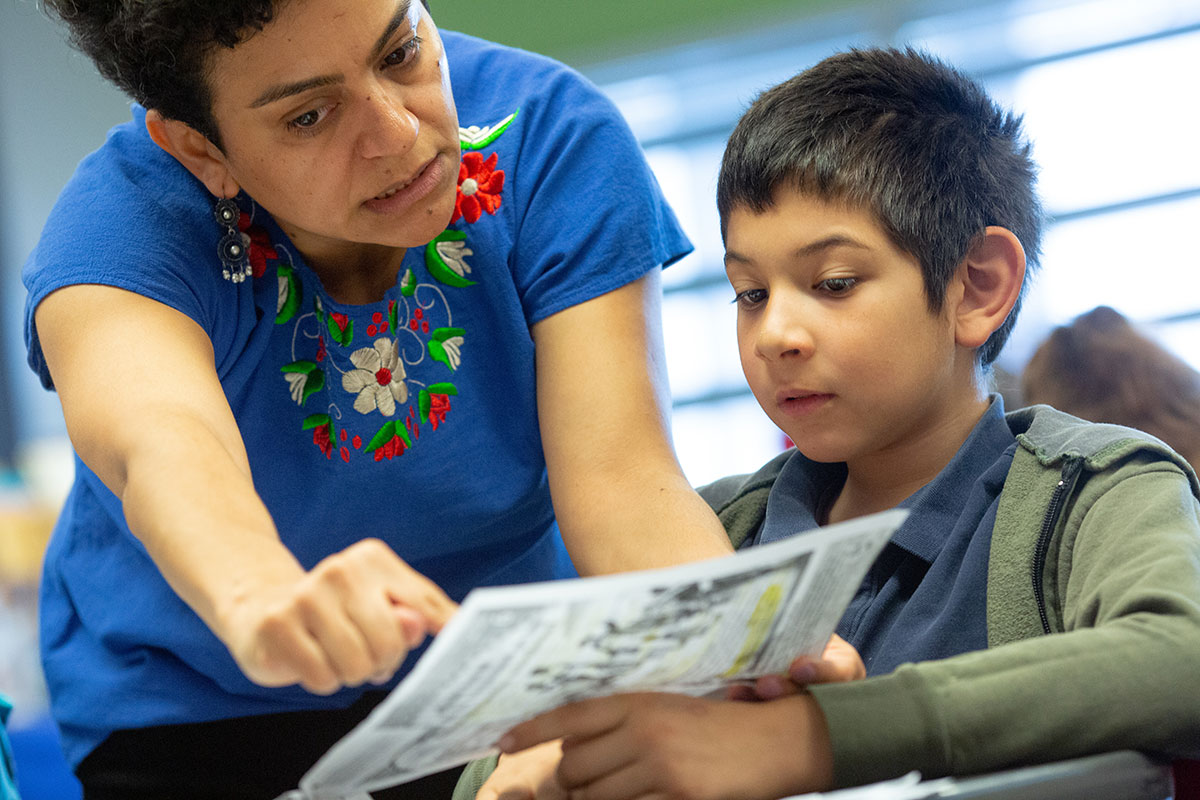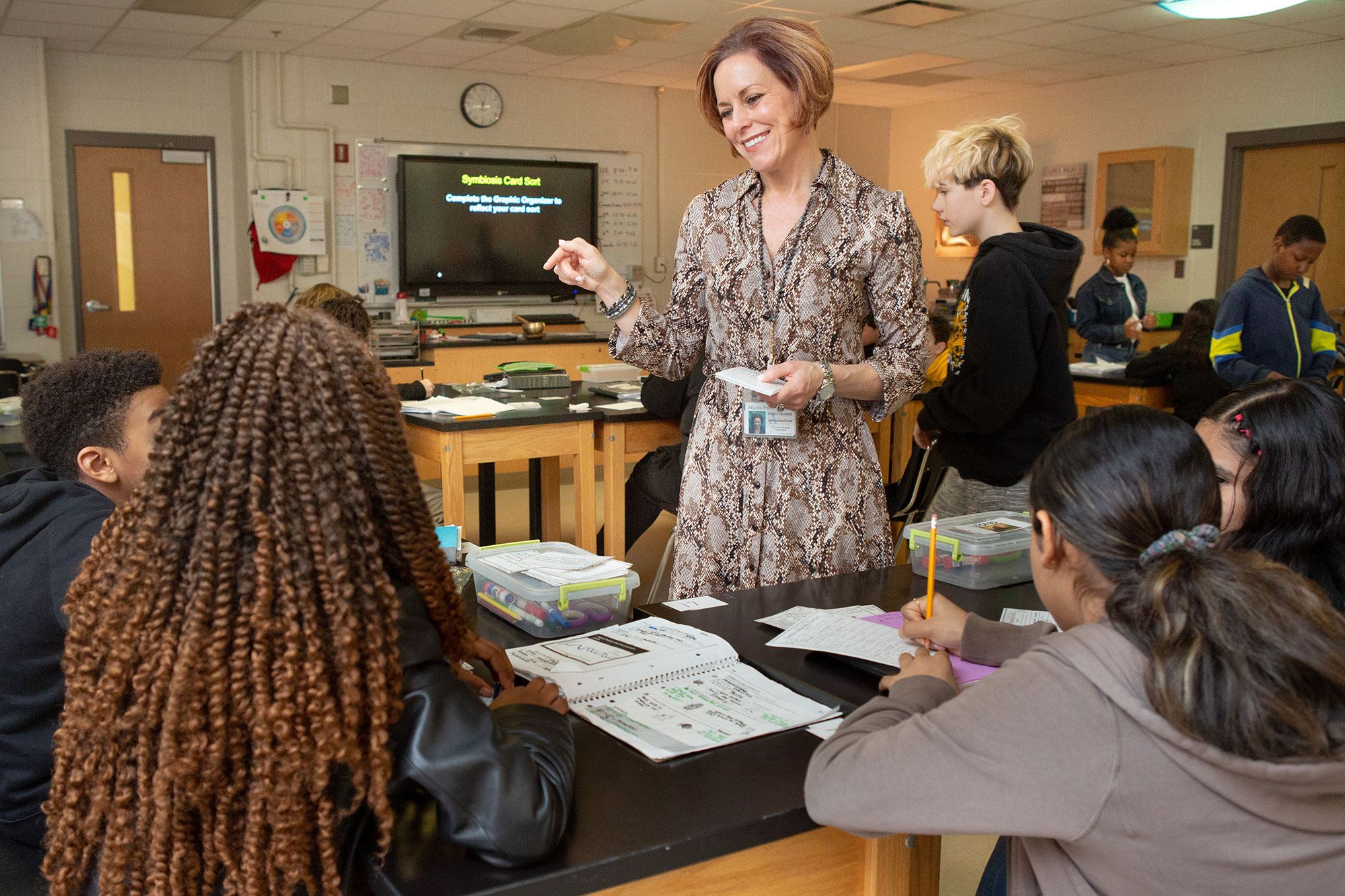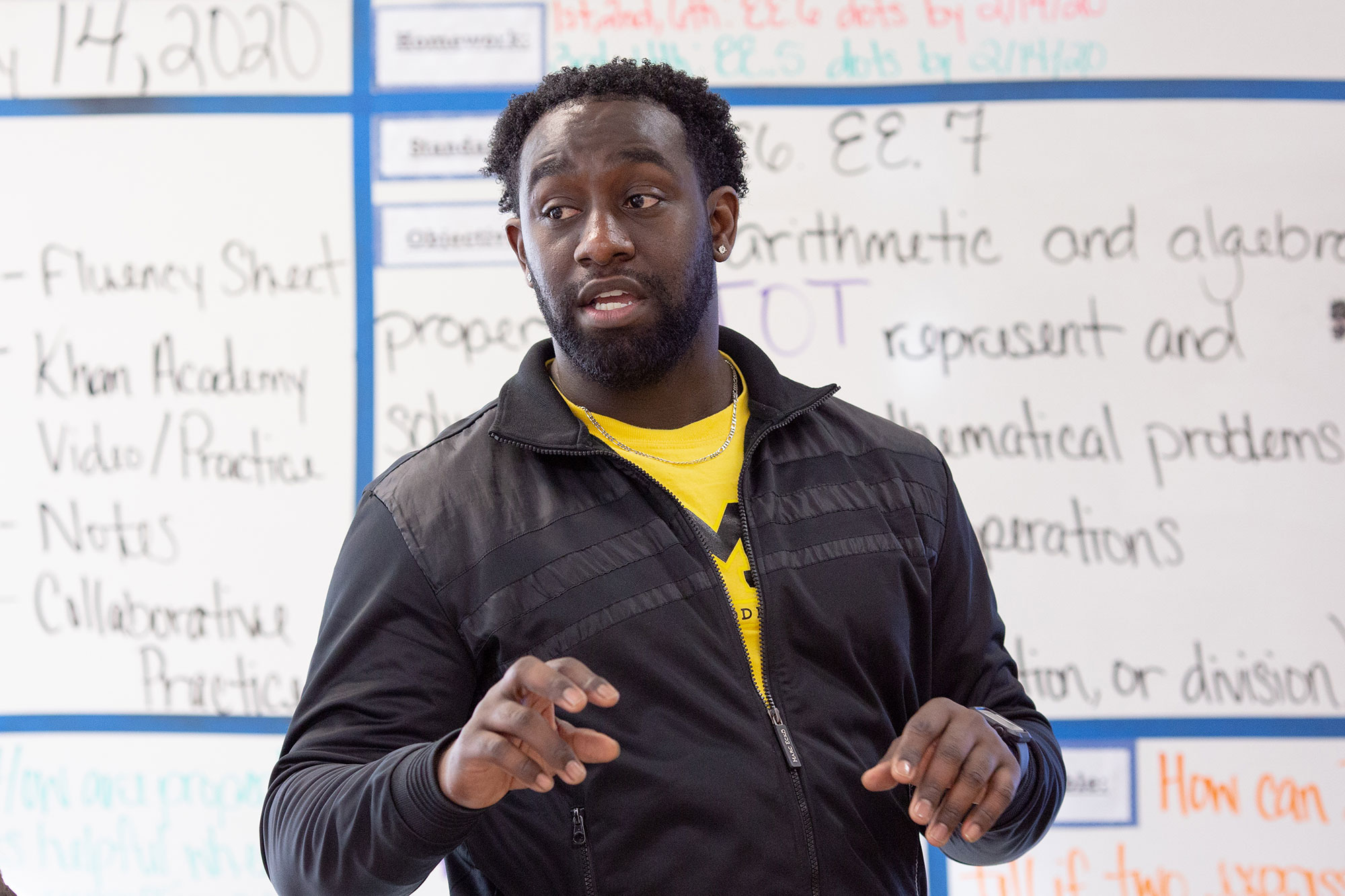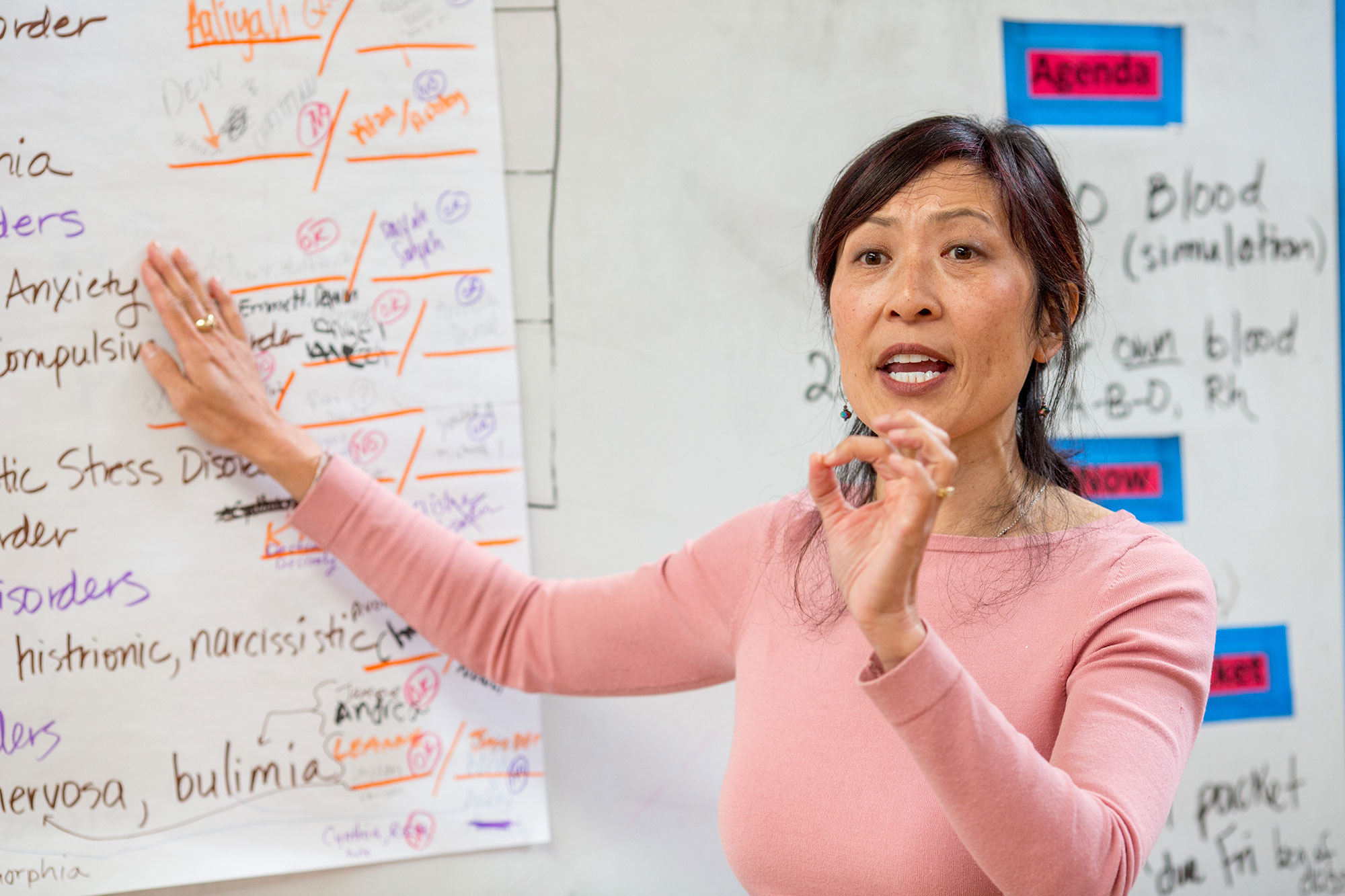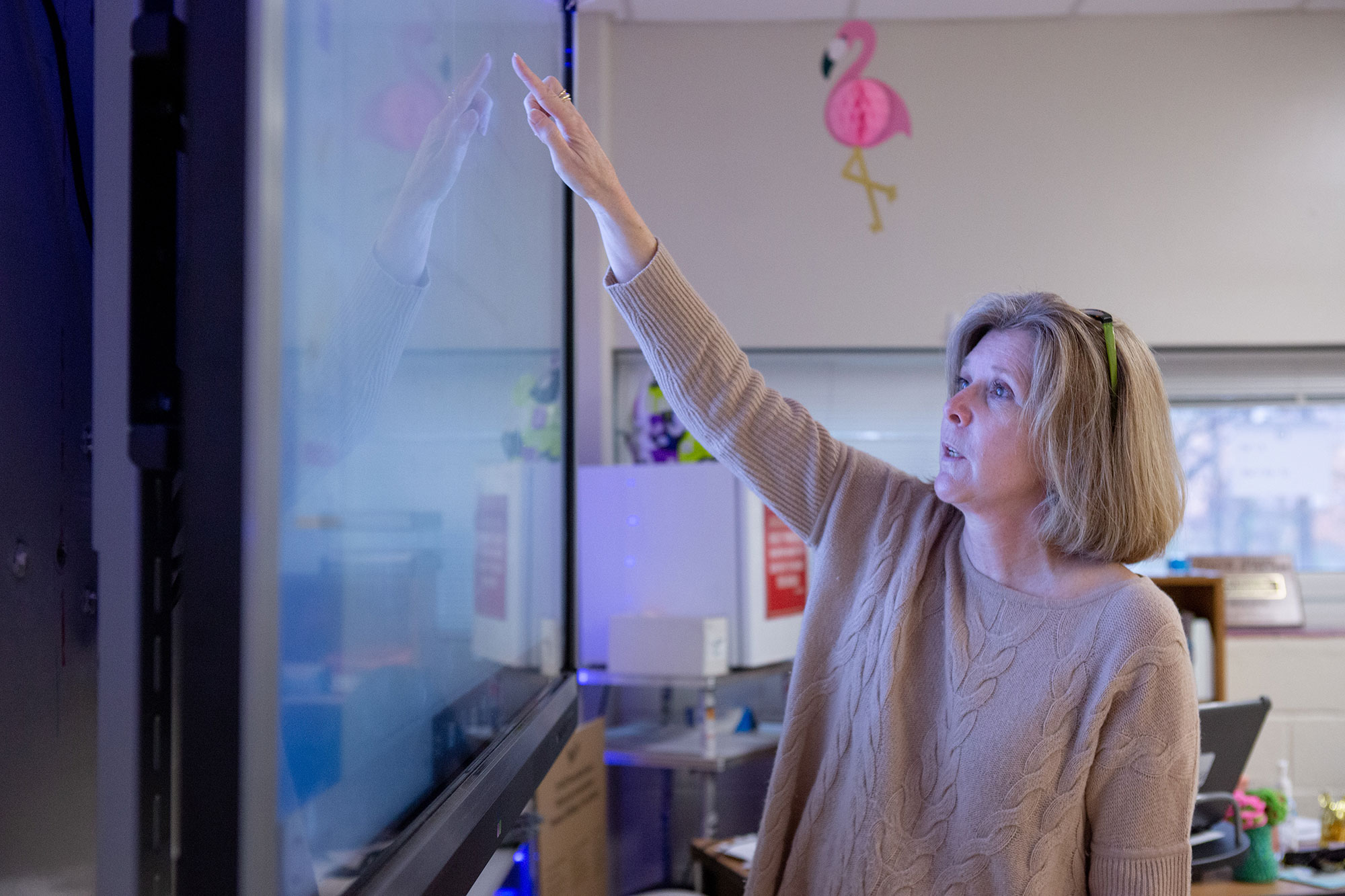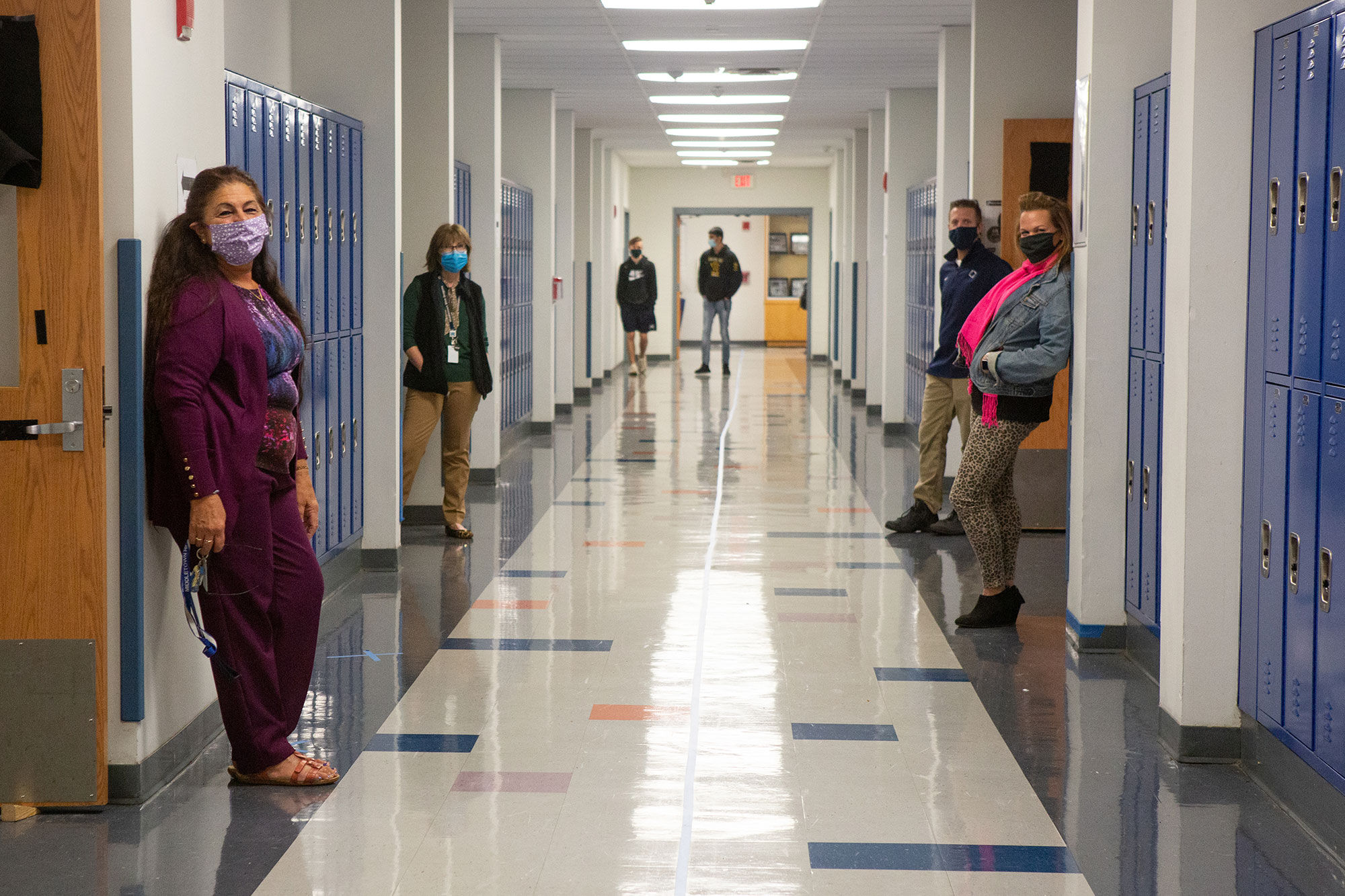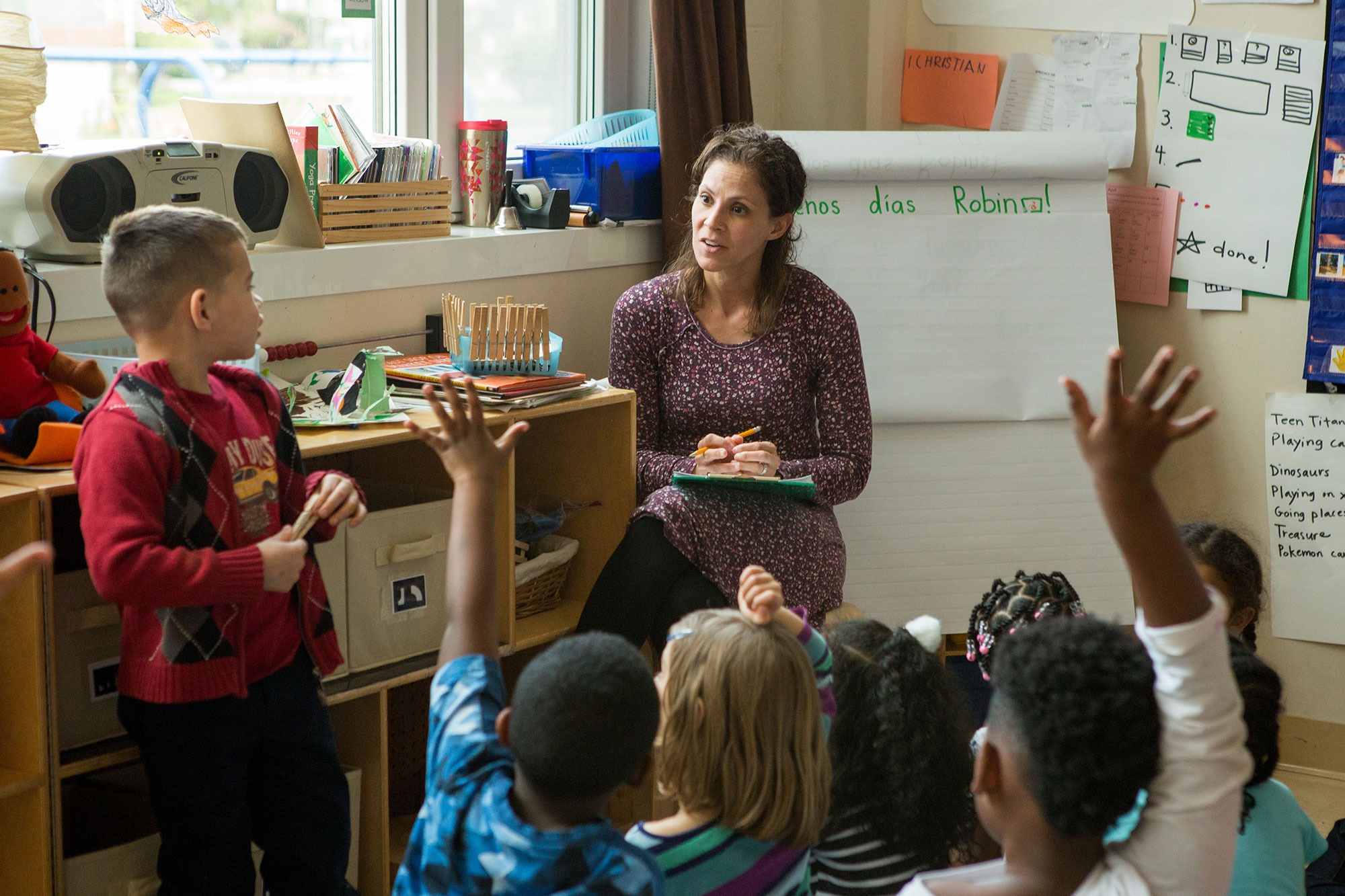Both teachers and journalists help people understand and engage with the world. Yet both teachers and journalists are often under-resourced, underpaid, disrespected, and overworked. Furthermore, during the period covered by this research, news consumption habits, technologies, advertising revenues, and employment in traditional newsrooms all changed in ways that impact news organizations’ capacities, especially their capacities to cover local news.
Nonetheless, journalism remains crucial to identifying the challenges facing K-12 education, exploring solutions to those challenges, and holding decision makers accountable. Reporters, editors, news organizations, business leaders, philanthropic funders, and communications professionals all have roles to play in helping education journalism fulfill these vital functions. Implications of this research for the various institutions and actors in the media ecosystem include the following:
- Create ways for journalists to easily access teachers so that they can more frequently include their voices in education coverage. Teachers were quoted in only about one-quarter of news articles about K-12 education in the United States from 2009 to 2020. While it is important to include teachers’ voices in discussions about K-12 education, teachers are busy and often hard to reach, and districts and unions may actively prevent them from speaking to reporters. Creating a nonprofit database of teachers who are willing and able to talk to journalists, which exists for other types of professionals, could help include teachers’ knowledge and perspectives in more education journalism—thus keeping the public better informed about schools.
- Portray teachers as experts not as problems to be solved. Some portrayals of teachers, such as teachers being evaluated or teachers needing or negotiating for more salary or benefits, can easily frame them as problems that need to be solved. Journalism that highlights teachers as experts in their profession can provide a far richer picture of education and how to strengthen it.
- Include teachers’ perspectives in articles about student poverty and other non-academic factors that affect learning. Most K-12 public school teachers think it is very important for the news media to cover how student poverty and behavioral problems affect teaching and learning. While this was the most commonly covered topic in both national and local newspapers from 2009 to 2020, few of those articles quoted a teacher. Furthermore, few articles that mentioned teachers portrayed them engaging with these issues. Learning from teachers about poverty and other issues that affect learning can help advance equity by building on educators’ experience to identify challenges and solutions to helping more students succeed.
- Provide robust coverage of teacher shortages and lack of diversity in the teaching profession. Teacher shortages have been a perennial problem since before the pandemic. And while a more racially diverse teacher workforce benefits all students, the public school teacher workforce is disproportionately white compared to the student population. Nonetheless, depictions of teacher shortages and lack of diversity in the teaching profession were very rare in national or local newspapers. In fact, both local and national newspapers covered hiring and firing of school board members, superintendents, and principals more often than they covered teacher hiring, pay, and labor actions. Events like school board elections or the choice of a new superintendent may make for more obvious news stories than systemic issues like teacher shortages and lack of diversity. But journalists and news organizations that find creative ways to cover these topics can shed light on problems that are crucial to sustaining the teacher workforce and advancing educational equity.
- Provide robust coverage of budgets, buildings, and classroom resources. In both national and local newspapers, coverage of education budgets and of school buildings was rare. Articles that mentioned teachers rarely depicted them dealing with a lack of classroom resources. While these topics may seem impenetrable or uninteresting, they are crucial to educational outcomes, equity, and health. Journalists and news organizations that find engaging ways to cover these persistent problems can make substantial contributions to understanding the conditions under which students learn and teachers teach.
- Consider what the declining coverage of evaluation means for the future of education and of education journalism. Accountability that is based on standards and testing intensified during the years covered in this research, as did skepticism of that approach to accountability. In national newspapers, coverage of evaluation began to decline around 2015 in favor of more coverage of teaching, learning, and teacher training. National newspapers also began less often portraying teachers being evaluated around that time, and more often portraying them engaged in professional development or in need of higher salaries. Do these shifts mirror a changing policy environment or do they reflect changes in journalists’ interests and readers’ attention? Will these shifts be sustained as educators grapple with how to assess and address the impacts of COVID-19 on learning and as leaders consider the future of the Every Student Succeeds Act?
- Reflect on how education journalism can cover the COVID-19 pandemic as it continues to evolve. In 2020, national newspaper articles that mentioned teachers depicted them engaged in teaching far more often than in previous years. As the pandemic evolves, will national newspapers continue to focus on the specifics of instruction or will they turn more toward underlying systemic issues that shape teaching and learning?

